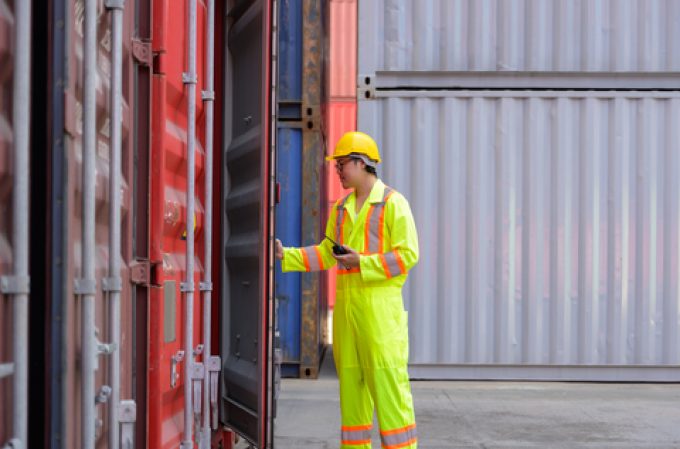Index-linked agreements: 'shippers have to have the stomach for them'
Shippers pondering the pros and cons of index-linked agreements (ILAs) “have to have the stomach ...

As part of the Resilient Port Terminals (WHT) project, Dutch customs has shortened the notice period for inspections at the port of Rotterdam.
And there were warnings that the container shipping industry needs to boost its security measures to match those in aviation.
Maersk informed its customers today:“By shortening the notice period, the customs office aims to support prevention of illegal and criminal activities at the port.”
From today, the notice for customs inspections at Rotterdam will reduce from 72 hours ...
Maersk u-turn as port congestion increases across Northern Europe
Apple logistics chief Gal Dayan quits to join forwarding group
Maersk Air Cargo sees volumes fall as it aims for 'margin in favour of revenue'
Airlines slash freighter capacity post-de minimis, but 'the worst is yet to come'
Houthis tell Trump they will end attacks on Red Sea shipping
Transpac rates hold firm as capacity is diverted to Asia-Europe lanes
MSC revamps east-west network as alliance strategies on blanking vary
India-Pakistan 'tit-for-tat' cargo ban sparks sudden supply chain shocks


Comment on this article